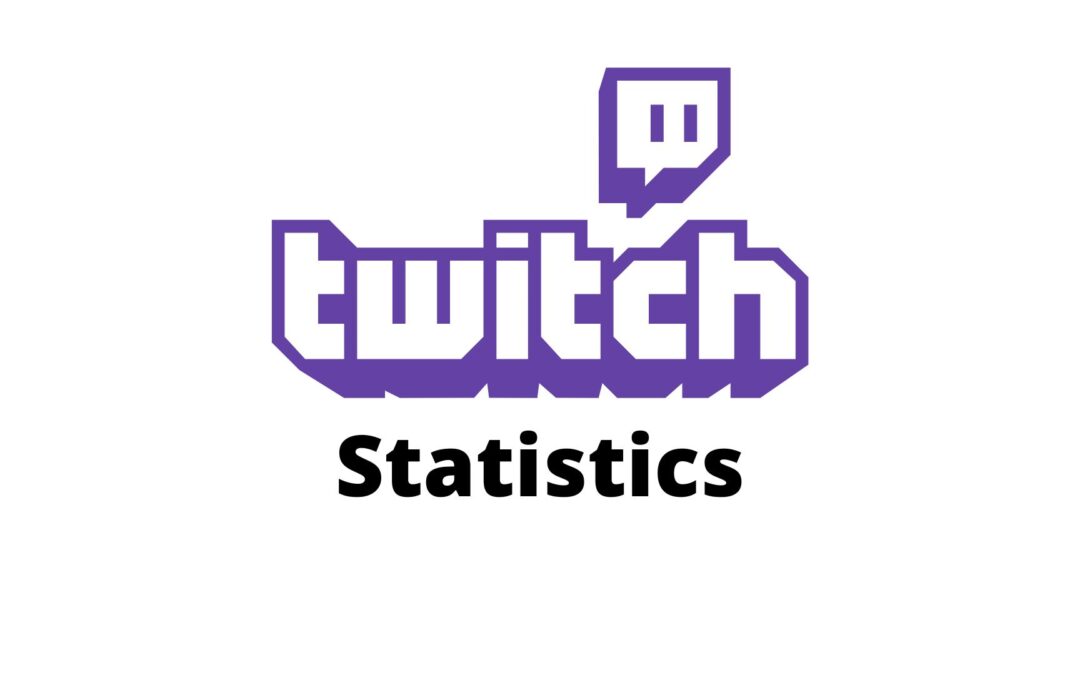In 2023 alone, Twitch paid out over $1 billion in exclusive contracts to attract and retain top streaming talent. However, there’s a give-and-take in the form of revenue sharing. So just how much of a cut does Twitch take from a streamer’s affiliate audience?
Twitch’s Basic Revenue Sharing Model

Twitch supports streamers and viewers by providing a platform to interact via live streams. Becoming a Twitch Affiliate allows streamers to accumulate revenue from the sale of games and in-game items.
Streamers also earn money via “Bits”, which are virtual goods offered by viewers, and this results in a revenue split with the platform. Twitch streamers earn income from different sources, including ads, donations, etc.
The value generated, however, varies depending on a streamer’s subscriber count, tier level, and affiliate profile. As standard, Twitch takes anywhere between 30 – 50%, but here’s a summary of the platform’s revenue sharing model:
- Subscriptions: Subscribers pay a monthly fee ranging from $5 to $25, and the net revenue is shared in a 50/50 split.
- Bits: This is a fun-funded virtual currency shared two-way in a 70/30 split.
- Ad revenue: Twitch shares its ad revenue (from sponsors and advertisers) with affiliates and partners who fulfill specified criteria.
- Merchandise: Twitch partners with brands who sell merchandise, and a portion of promotional revenue is shared with streamers.
Subscription Revenue Split
Generally, streamers take home a generous 50% of their subscription payments. The other 50% is taken by Twitch itself. For example, a $10 monthly subscriber payment is worth $5 to an affiliate, and $5 to Twitch. However, that percentage split can vary based on the tier level as summarized below:
- Twitch Affiliates – 50/50 split
- Twitch Partner (Tier 1 and 2) – 50/50 split
Expert streamers or content creators on higher tiers beyond 1 and 2 can negotiate better deals subject to fulfilling certain terms and conditions.
- Twitch Partner (Tier 3) streamers take $3, while Twitch takes $2 per subscriber (60/40 split, respectively).
- Higher profile streamers can take as much as $4, leaving Twitch with $1 per subscriber (80/20 split).
Twitch boasts a significant user base, and subscriptions are by far the largest source of revenue for streamers. The platform receives over 30 million users daily, and can have an average of 2.5 million viewers watching live streams at any given moment.
Streamers can leverage this user base to earn more, but, ultimately, the bigger your channel, the better the deal you’re likely to get.
Twitch Partner Plus
Introduced in October 2023, Partner Plus is Twitch’s newest program that pays 70% share on net subscription revenue to streamers. The standard split is 50/50, but streamers who meet specified criteria can boost their split to 70% up to $100,000, allowing Twitch to keep 30% of sub revenues.
Bits and Cheering

Bits are animated GIFs or emotes that viewers use in Twitch chat rooms. They act as virtual currency, and are the smallest form of payment a streamer can receive. Every time a viewer purchases a Bit, they’re essentially cheering for their favorite streamer, but the platform rewards that too.
100 Bits are sold for $1.40, translating to $0.014) per bit, but just like sub revenue, Twitch takes a 30% share. This means streamers get a share of $0.01 per Bit. Bits are not only a gift to streamers but also a form of currency that viewers use to amplify their voice and cheer for their favorite creators in chat rooms.
Advertising Revenue
Since Amazon’s takeover of Twitch, streamers have got into contracts with sponsors, particularly game developers who want to promote their games on the platform. Advertisers also pay Twitch for sponsored content, and a portion of this revenue is shared with streamers.
Streamers are paid for ads they display on their streams. These ads appear at the beginning or even in the middle of the stream, and creators are compensated per view or click.
Affiliate vs. Partner Status
There are two ways to earn money on twitch: as an affiliate or partner. Twitch’s monetization and revenue sharing model also varies depending on whether a creator is in the affiliate or partner program. But which one is better?
For starters, you’d have to become an affiliate before applying for the partner status. Below is how the two models compare with respect to requirements, streaming tools, revenue streams and monetization.
| Feature | Twitch Affiliate | Twitch Partner |
| Requirements | ||
| Minimum followers | 50 | 50+ |
| Average viewership | 3 concurrent viewers | 75 concurrent viewers |
| Stream for | 8 hrs in the last 30 Days | 25 hrs in the last 30 Days |
| Revenue Streams & Monetization | ||
| Ad revenue | Yes, fees paid by affiliate | Yes, fees paid by Twitch |
| Game sales | Yes | Yes, with premium features unlocked |
| Sponsor deals | Yes | Yes |
| Revenue split | 50/50 | Negotiable |
| Twitch Subscriptions | Yes | Yes |
| Twitch Bits | Basic badges | Animated and custom badges |
| Better suited for | Small channels | More established channels and communities |
| Who earns more on average? |
|
|
| Streaming Tools | ||
| Transcoding | As available with priority access | Full access to transcoding |
| VOD storage | 14 Days | 60 Days |
| Stream delay | N/A | Yes, up to 15 minutes |
| Reruns and Premieres | Yes | Yes |
| Squad streams | N/A | Yes |
Comparison with Other Platforms
So how does Twitch compare to how other platforms split subscription revenues with creators? YouTube, popular with pre-recorded uploads, posts fewer live streams compared to Twitch but offers a more generous fun-funded revenue sharing.
Below are popular streaming platforms and their corresponding revenue splits from, subs, memberships, ads, super chats, etc:
| Platform | Creators’ Percentage Take | Platform’s Percentage Take |
| Twitch | 50, but high profile streamers can get up to 70 | 50 |
| YouTube | 70 | 30 |
| Patreon | 95/88 | 5/12 |
| Discord | 90 | 10 |
| Fansly | 80 | 20 |
| Fanhouse | 90 | 10 |
Conclusion
As standard, Twitch takes 50% of revenue from subscriptions. The typical revenue split is 50/50, but top creators with a massive subscriber count can negotiate for a better share, in which case the platform can offer up to 70/30 split of net revenue.

